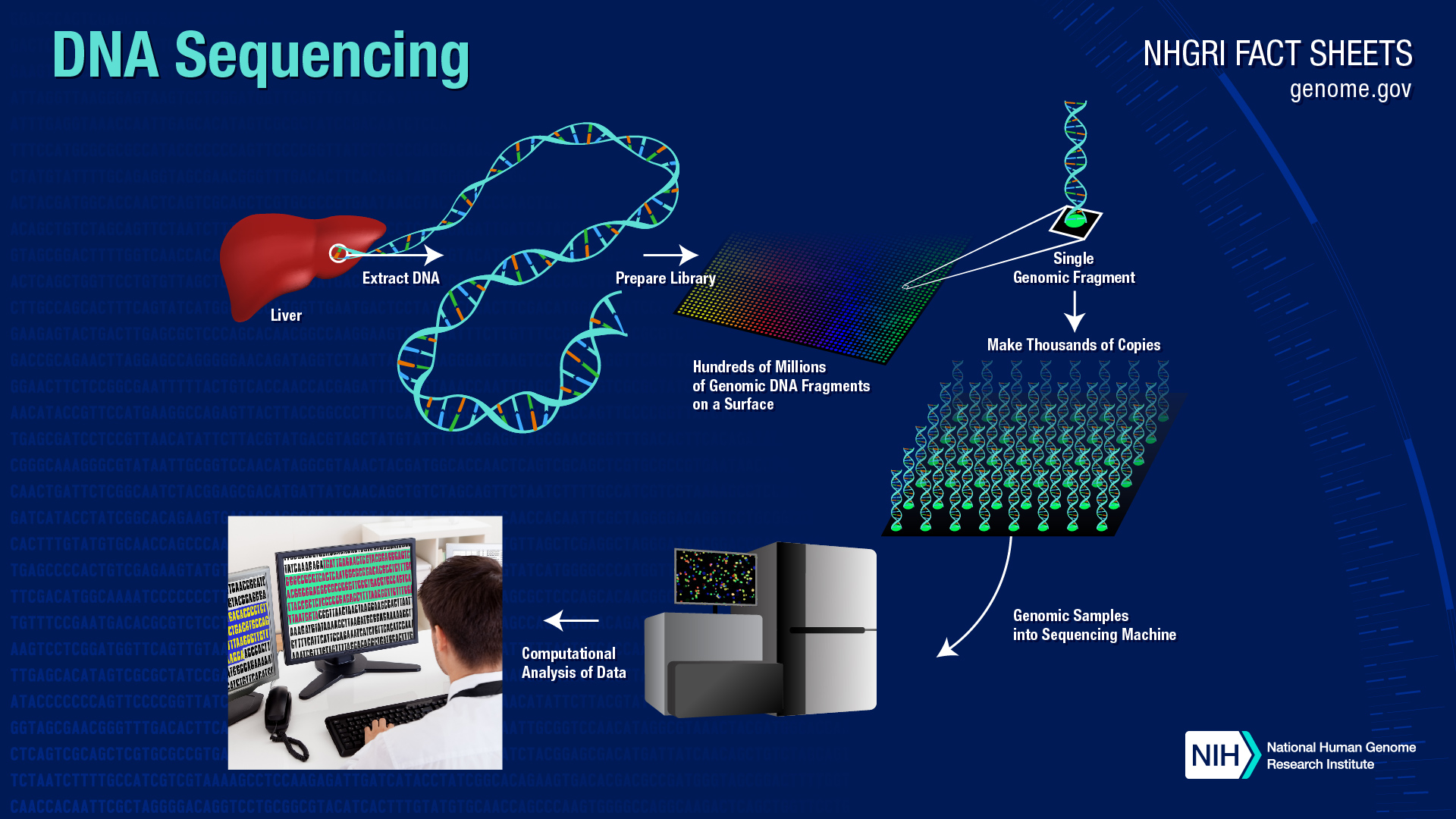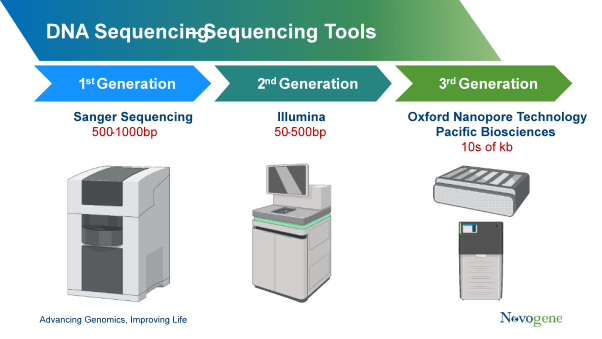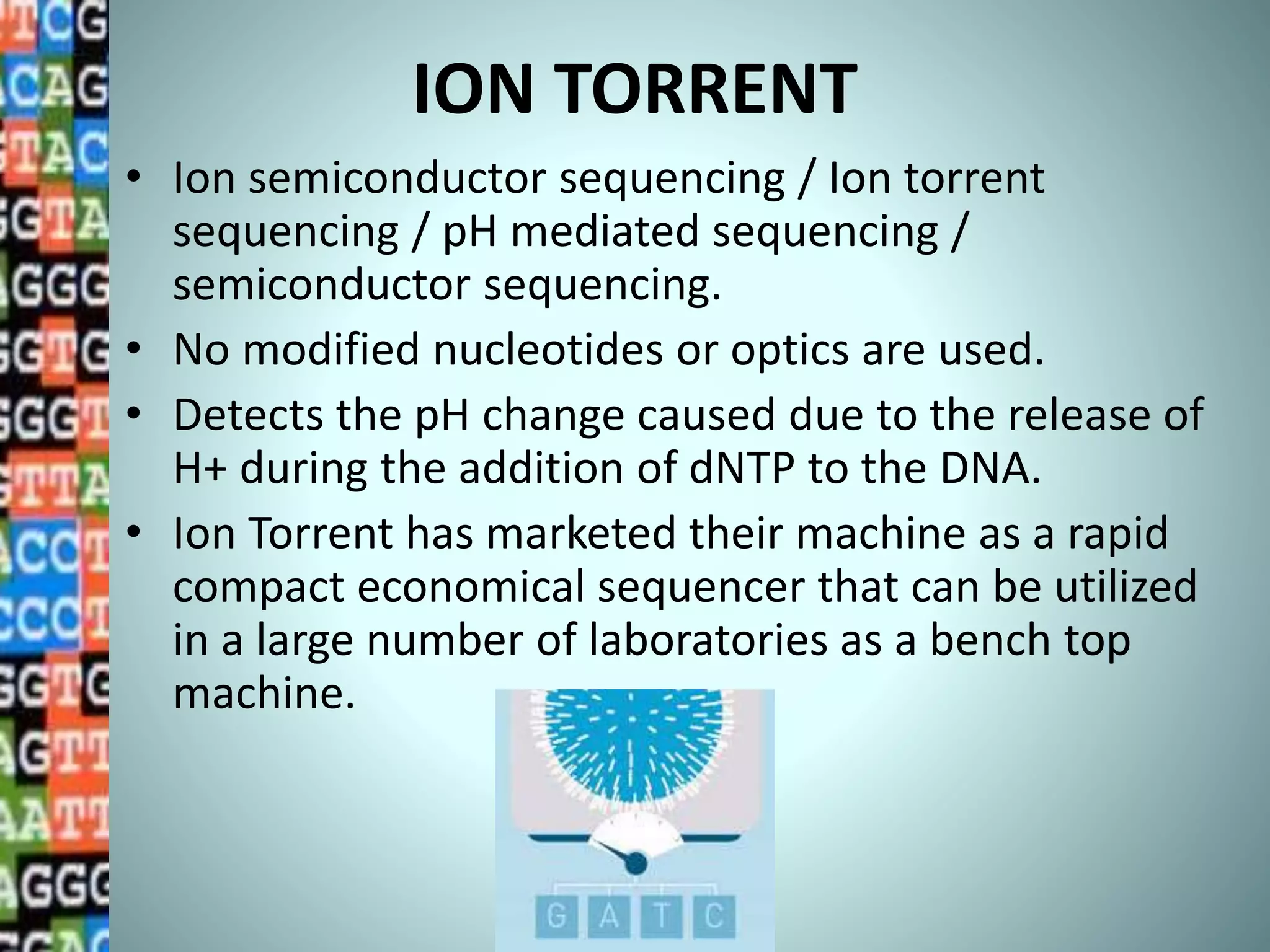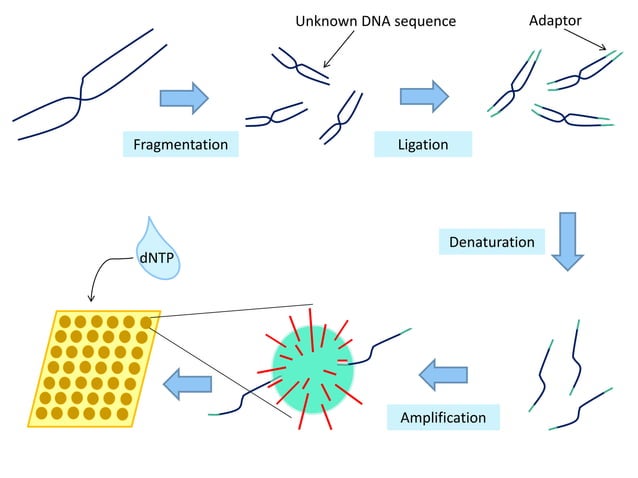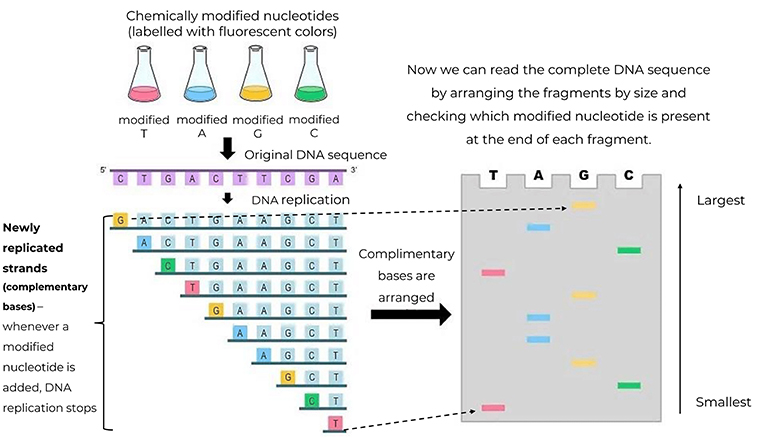Us Patent Application Ion Semiconductor Dna Sequencing
Imagine a world where understanding the very blueprint of life is as commonplace as checking your email. Where personalized medicine is no longer a futuristic dream but a tangible reality, and where diagnosing diseases is faster, cheaper, and more accessible than ever before. This isn't science fiction; it's the promise bubbling from the heart of a groundbreaking US patent application focused on Ion Semiconductor DNA Sequencing.
This patent application heralds a new era in genetic analysis by potentially revolutionizing how we decipher the code of life. It aims to improve the accuracy and efficiency of ion semiconductor sequencing, offering faster, more cost-effective DNA analysis.
The Genesis of Sequencing: A Historical Perspective
The journey to unlocking the secrets of DNA has been a long and winding one. It began with the discovery of DNA's structure by James Watson and Francis Crick in 1953, a pivotal moment that laid the groundwork for all subsequent genetic research.
However, it wasn't until the development of the Sanger sequencing method in the 1970s that reading the genetic code became a practical possibility. This first-generation sequencing technology, developed by Frederick Sanger, was a monumental achievement, earning him a Nobel Prize. However, it was also relatively slow and expensive, limiting its widespread application.
The Human Genome Project, launched in 1990, aimed to sequence the entire human genome. It spurred the development of new, faster, and more efficient sequencing technologies.
These efforts led to the rise of next-generation sequencing (NGS) technologies, including sequencing by synthesis, pyrosequencing, and, importantly, ion semiconductor sequencing.
Ion Semiconductor Sequencing: A New Paradigm
Ion semiconductor sequencing represents a significant departure from traditional sequencing methods. Instead of using optical methods to detect the incorporation of nucleotides, it relies on detecting the release of hydrogen ions (H+) during DNA polymerization.
Here’s how it works: As DNA polymerase incorporates a nucleotide into a growing strand of DNA, a hydrogen ion is released. This release changes the pH of the surrounding solution.
A semiconductor sensor detects these pH changes, allowing the sequencer to identify which nucleotide was added. The beauty of this approach lies in its speed, scalability, and potential for lower costs.
The Advantages of Ion Semiconductor Sequencing
Compared to other NGS methods, ion semiconductor sequencing offers several compelling advantages. Its speed is a major selling point, allowing for faster turnaround times in research and clinical settings.
The relatively simple chemistry involved also translates to lower reagent costs, making it a more accessible option for many labs. Its scalability is another advantage, allowing for high-throughput sequencing of many samples simultaneously.
Furthermore, the direct detection of ions eliminates the need for expensive optics and fluorescent labels, contributing to the system's affordability and simplicity.
The New Patent Application: Refining the Technology
The details within the patent application are aimed at improving the existing ion semiconductor sequencing technology. While specific claims are proprietary, the general thrust of the innovations likely revolves around enhanced sensor designs, improved signal processing algorithms, or novel methods for sample preparation.
Such improvements could lead to higher accuracy, increased throughput, and even lower costs, further solidifying ion semiconductor sequencing's position as a leading NGS technology.
Improved accuracy is paramount, as even small errors in sequencing can have significant consequences in clinical diagnostics and research. Increased throughput would allow for faster processing of larger datasets, accelerating the pace of scientific discovery.
Applications Across the Spectrum of Science and Medicine
The potential applications of improved ion semiconductor sequencing are vast and far-reaching. In medicine, it could revolutionize diagnostics by enabling rapid and accurate detection of infectious diseases, genetic disorders, and cancer biomarkers.
Imagine being able to identify the specific strain of a virus infecting a patient within hours, allowing for targeted treatment and preventing the spread of disease. Personalized medicine, tailored to an individual's unique genetic makeup, could become a widespread reality.
In agriculture, ion semiconductor sequencing could be used to identify desirable traits in crops, leading to the development of more resilient and productive varieties. It could also be used to monitor the health of livestock, preventing disease outbreaks and improving animal welfare.
In environmental science, it could be used to study microbial communities, gaining insights into biodiversity, ecosystem function, and the impact of pollution. The possibilities are truly endless.
Challenges and Future Directions
Despite its many advantages, ion semiconductor sequencing is not without its challenges. One limitation is its susceptibility to errors caused by homopolymer regions (long stretches of the same nucleotide), which can lead to inaccurate read lengths.
Researchers are actively working to overcome these limitations through improved algorithms, chemistry modifications, and innovative sensor designs. Further advancements in data analysis and bioinformatics are also crucial for maximizing the utility of the sequencing data.
Looking ahead, the future of ion semiconductor sequencing is bright. As the technology continues to evolve, it promises to play an increasingly important role in shaping our understanding of the world around us.
A Glimpse into Tomorrow
The US patent application for improved ion semiconductor sequencing is more than just a technical document; it's a symbol of human ingenuity and our relentless pursuit of knowledge. It represents a significant step towards a future where genetic information is readily accessible, empowering us to improve human health, protect our environment, and unlock the full potential of life.
As we continue to refine and expand this technology, we can look forward to a future where the complexities of the genome are demystified, leading to a deeper understanding of ourselves and the world we inhabit. The journey of discovery continues, driven by the promise of a brighter, healthier tomorrow.



